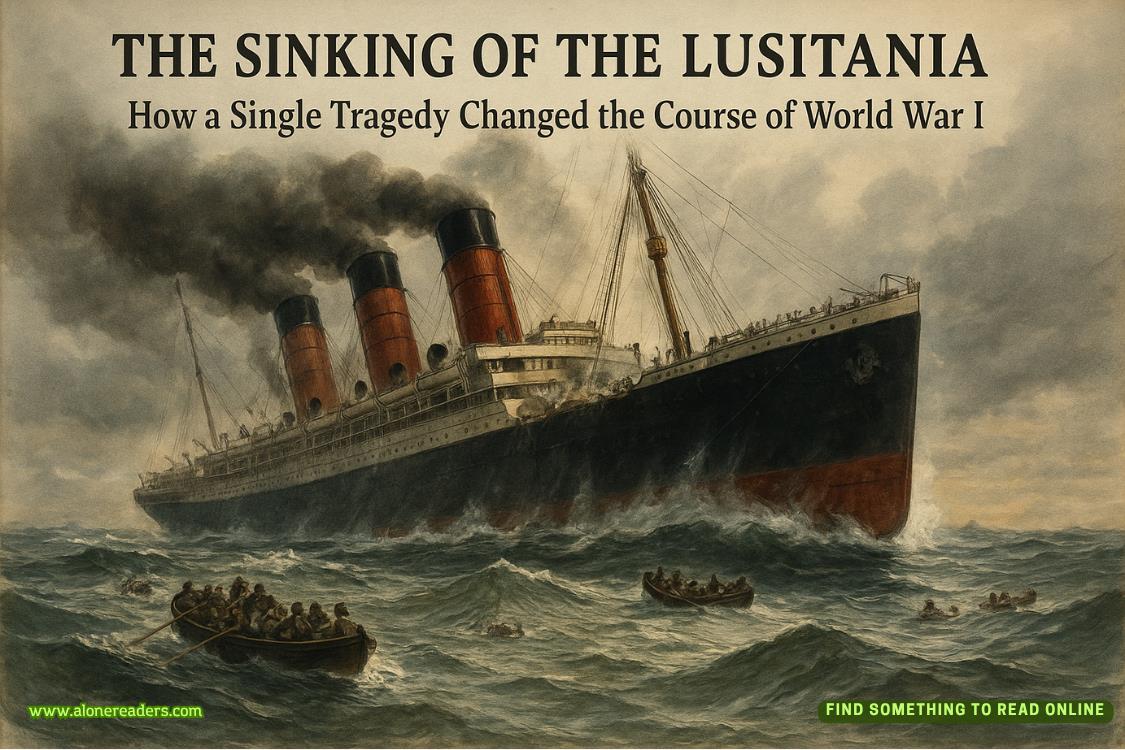Page 14 of Outbreak Protocol
"Dr. Müller, this is excellent work. You've essentially completed a preliminary outbreak investigation despite working without institutional support."
His expression shows both gratitude and frustration. "I kept hoping someone else would notice the patterns, that the case clustering would trigger automatic protocols. When it didn't, when patients kept deteriorating and dying while everyone insisted it was just coincidence..."
He trails off, but I understand his dilemma. Healthcare workers face impossible choices when institutional authorities dismiss their clinical observations, especially during evolving emergencies where decisive action could save lives.
Yuki connects her laptop to the room's projection system and begins uploading Felix's case data for analysis. Numbers populate across the screen—dates, symptoms, outcomes, contact histories—while she constructs epidemic curves and transmission models in real time.
"Dr. Müller, can you walk us through the epidemiological connections you've identified?"
He moves to a wall map marked with coloured pins representing cases, deaths, and potential exposure sites. His presentation is clear and methodical, demonstrating both clinical knowledge and epidemiological insight.
"The initial cluster centreed around Café Liebermann in the Altstadt district. Twelve cases with direct exposure there between March fifteenth and eighteenth."
Imove closer to the map, my analytical mind taking over. I need to see the spatial relationships more clearly. I reach past him to point at a specific intersection of pins, my arm brushing against the fabric of his sleeve. The contact is brief, unexpected, and I feel a jolt of static electricity—or something like it. I pull my hand back a fraction too quickly, clearing my throat.
Felix pauses for only a heartbeat, but his gaze flickers tomy face before returning to the map, his voice steady as he continues. "Secondary cases appear among household contacts suggesting human-to-human transmission. Tertiary cases are now emerging among social contacts of secondary cases."
He doesn't acknowledge the touch, yet the air between us has subtly shifted. I'm suddenly aware of how close we are standing, of the scent of hospital antiseptic and clean soap that clings to him.
Sarah examines the timeline chart, oblivious to the physical tension between us. "What's the average incubation period?"
"Between three and seven days from exposure to symptom onset. Most cases develop severe symptoms within forty-eight hours of initial presentation."
"And case fatality rate?"
"Still sitting around sixty-five percent currently, but several of the current critical cases in the ICU could raise that figure. The patients who survive seem to recover completely, while those who deteriorate do so rapidly and despite aggressive supportive care."
Aleksandr studies the geographic distribution. "Is there evidence of environmental contamination? Water sources, food supplies, air circulation systems?"
"I considered those possibilities, but the pattern suggests person-to-person transmission rather than common source exposure. Cases cluster around infected individuals rather than geographic features."
I review the symptom progression charts while listening to Felix's analysis, and everything confirms my worst-case assessment from yesterday. This represents sustained human-to-human transmission of an unknown pathogen with significant mortality and rapid progression. The hemorrhagic symptoms and neurological complications suggest a virus similar to known VHFs but adapted for temperate climates and urban transmission.
"Dr. Müller, have you documented any animal cases beyond Friedrich Heinz's veterinary clinic?"
"Several reports of unusual illness in pets and urban wildlife, but no systematic investigation. The veterinarian, Heinz, mentioned seeing similar symptoms in dogs, cats, and several bird species before he became ill himself."
Zoonotic spillover followed by human adaptation. The epidemiological pattern suggests a pathogen that jumped from animal hosts to humans, then underwent rapid evolution for efficient human-to-human transmission. Climate change and urbanization create ideal conditions for such spillover events.
Sarah begins unpacking her portable laboratory equipment. "We need fresh samples for viral identification. Can you arrange access to symptomatic patients?"
"Three patients are currently in isolation—one critical, two somewhat stable but rapidly deteriorating. I can facilitate sample collection if patients consent."
"What about stored samples from deceased cases?"
Felix's expression darkens. "Limited availability. Dr. Hartmann ordered minimal post-mortem testing to avoid what he called unnecessary expense and family distress. Any samples I attempted to collect were destroyed, at his orders."
Another crucial delay caused by institutional denial. Post-mortem samples from early cases would provide vital information about viral evolution and transmission patterns, but bureaucratic cost-cutting eliminated that opportunity.
Yuki projects her preliminary transmission analysis on the wall screen. "Based on case timing and contact patterns, I'm calculating an R0 between 3.5 and 4.3, with generation time of approximately five days. Under these parameters, we should expect exponential growth unless effective interventions are implemented immediately."
The numbers confirm what Felix's field observations suggested—this outbreak has crossed the threshold from containable cluster to established transmission chain. Withoutrapid intervention, Hamburg could see thousands of cases within weeks.
"Dr. Müller, how many potential contacts have been identified and followed?"
"I've documented approximately two hundred close contacts, but systematic contact tracing hasn't been implemented. Dr. Hartmann felt it would create unnecessary alarm and resource demands."
Two hundred uninvestigated contacts, each potentially incubating infection and capable of transmitting to additional victims. The epidemiological situation is far worse than even Felix's initial reports suggested.















